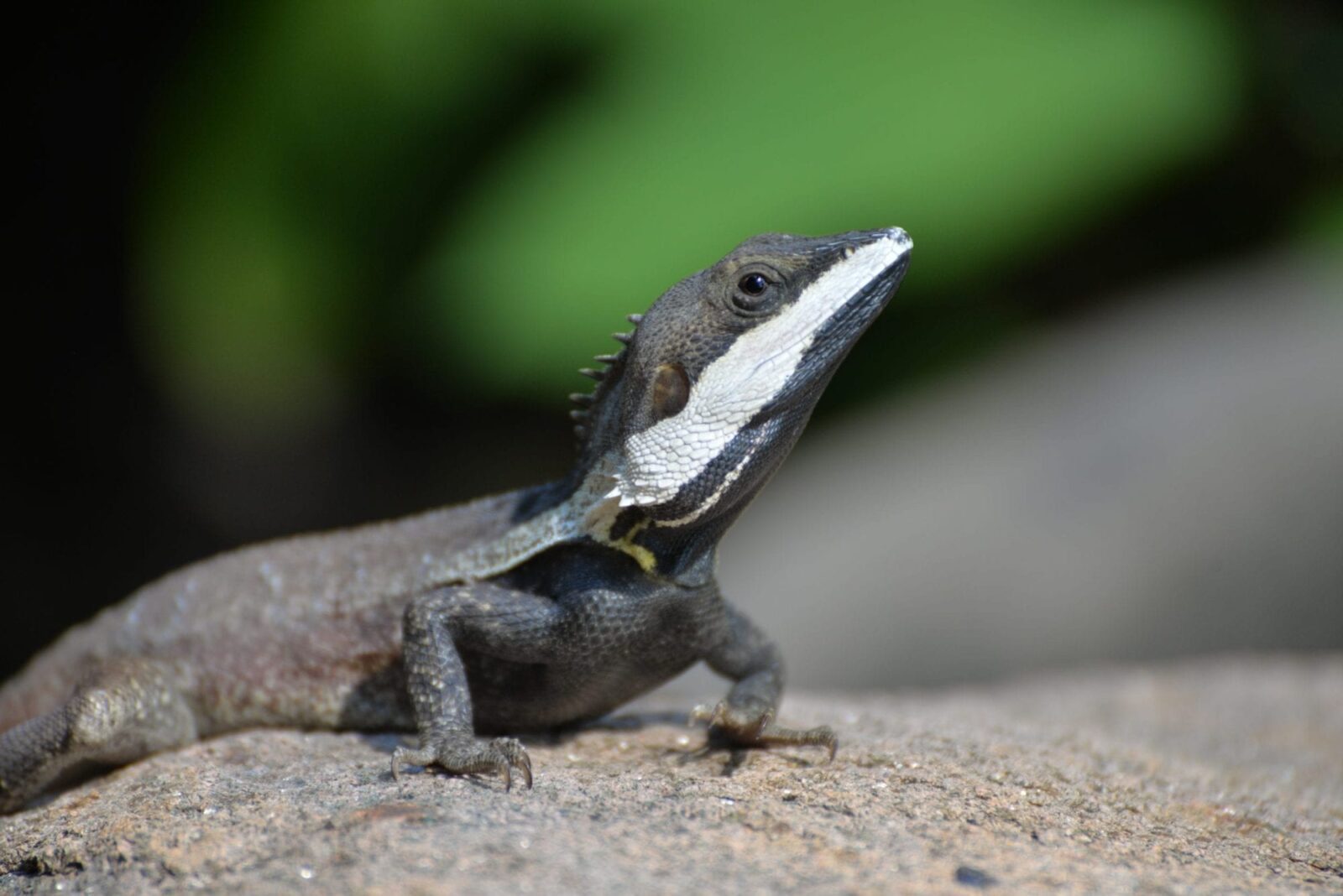Taiwan beauty snakes – Orthriophis taeniura friesei
Taiwan beauty snakes - Orthriophis taeniura friesei A large colourful Colubrid snake species that occurs almost completely in Taiwan . A sub-species, other similar looking sub-species and the nominate occur throughout a wide range of South Eastern Asia. This sub-species can be a large snake, but slender, at a maximum of nearly 3 metres long – most grow to around 2 metres in captivity. When I first bred this species, from wild caught stock, in the 90’s large specimens were quite common, but most seem to be smaller nowadays. Their natural habitat varies, unlike several of the sub-species who mainly occur in caves – this sub-species can be found in wooded, agricultural, human residential and other areas. Often found climbing in trees, under debris and generally active (in the hot…

